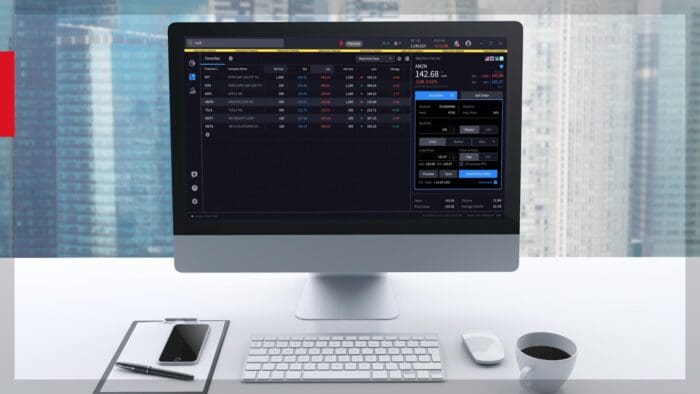Today, we’re going to explore the different types of dividends: cash dividends versus stock dividends, regular dividends versus special dividends, and the concept of dividend yield, including how to calculate it and why it’s significant for investors.
Cash Dividends vs. Stock Dividends
The two most common types of dividends are cash dividends and stock dividends. Let’s start by looking at cash dividends.
A cash dividend is the most straightforward and widely recognized form of dividend. When a company declares a cash dividend, it means shareholders will receive a specified amount of money per share they own. For example, if a company declares a $1 cash dividend per share, and you own 100 shares, you will receive $100 in cash.
Cash dividends are typically paid out quarterly, though they can also be issued monthly, semi-annually, or annually depending on the company’s dividend policy. These payments are usually made by check or direct deposit into the shareholder’s brokerage account.
On the other hand, a stock dividend is paid in the form of additional shares rather than cash. When a company issues a stock dividend, it distributes additional shares to existing shareholders based on the number of shares they already own. For instance, if you own 100 shares in a company and it declares a 10% stock dividend, you will receive 10 additional shares.
Stock dividends do not provide immediate cash income, but they increase the number of shares a shareholder holds. This can be advantageous in the long term if the company continues to grow, and the price per share appreciates. However, stock dividends can also dilute the value of each share, as the total number of shares outstanding increases.
Regular Dividends vs. Special Dividends
Next, let’s discuss regular dividends versus special dividends. While both represent a way for companies to distribute profits to shareholders, they differ in terms of frequency and purpose.
A regular dividend is typically paid at regular intervals, such as quarterly or annually. These dividends are a key part of a company’s strategy to return value to shareholders. Regular dividends reflect a company’s stable financial position, and they are often a sign of a company’s confidence in its ongoing profitability. Large, established companies like Coca-Cola, Johnson & Johnson, and Procter & Gamble are known for consistently paying regular dividends.
These dividends provide steady income to shareholders, especially those who rely on dividends for cash flow, like retirees. Regular dividends are usually predictable and are often an important factor for investors when choosing stocks for their portfolios.
In contrast, special dividends are one-time payments made by a company, typically after a significant event or when the company has an unusually high profit. Special dividends are less predictable than regular dividends and are often seen as a bonus for shareholders. They are not part of a company’s ongoing dividend policy and are usually paid when the company has surplus cash or after the sale of a major asset.
For example, if a company sells a large business unit or experiences a windfall profit, it may declare a special dividend to distribute some of these extra funds to its shareholders. Special dividends are typically larger than regular dividends but may not be repeated in future periods.
Dividend Yield
Now let’s talk about dividend yield, which is a key metric for investors looking for income from their stock investments. Dividend yield represents the annual return on an investment based on the dividend income relative to the stock price.
To calculate the dividend yield, you use the formula:

For example, if a company pays an annual dividend of $4 per share and the current price of the stock is $100, the dividend yield would be:

The dividend yield is important because it helps investors understand the return they can expect from a stock in the form of dividends.
A high dividend yield can be attractive to income-focused investors, such as retirees who rely on dividend payments for living expenses. However, investors should be cautious about extremely high yields, as they could indicate that the company is facing financial trouble and is compensating for a falling stock price with higher dividends.
On the other hand, a low dividend yield could indicate that the company is reinvesting its profits back into the business for growth rather than paying dividends. This may appeal to growth investors who are looking for capital appreciation rather than income.
So, dividends come in several forms—cash dividends, stock dividends, regular dividends, and special dividends. Understanding the differences between these types is essential for investors who want to make informed decisions about income-generating investments.
Dividend yield is a critical metric that helps investors gauge the profitability of a stock in terms of income return.













Join The Conversation
For specific platform feedback and suggestions, please submit it directly to our team using these instructions.
If you have an account-specific question or concern, please reach out to Client Services.
We encourage you to look through our FAQs before posting. Your question may already be covered!